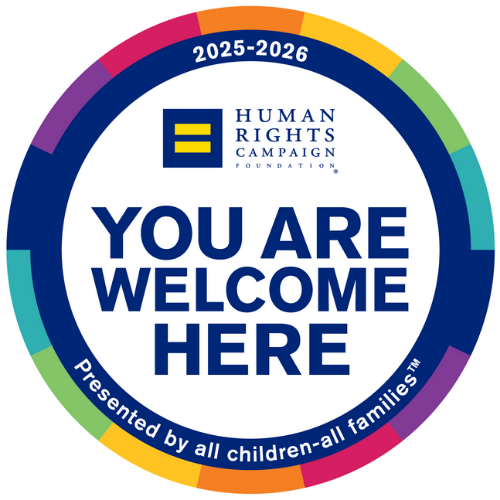ATTENTION: This notice is taken directly from the Administrative or Practice Guidelines provided by Utah’s Division of Child and Family Services regarding foster parents and out-of-home caregivers and was provided to Utah Foster Care Foundation via email.
The text of the below is not from Utah Foster Care Foundation. If you have questions regarding this matter, please contact your RFC or the child’s caseworker.
———
Summary of Change or New Process:
Section 305.4 is being added to give guidance to caseworkers and foster parents regarding the proper use of images and information regarding foster children. Information regarding a child in foster care MAY BE USED in social networking and public forums if the confidentiality of the child is protected and the protocol is followed. This section outlines the protocol that must be used in order for foster parents and other out-of-home caregivers to obtain permission to use images and information about a child in the custody of Child and Family Services in blogs, social networks (such as Facebook, Twitter, etc.), newsletters, etc.
The following is a summary of the protocol. Please refer to the Practice Guidelines for the full content:
1) If the parent retains parental rights, their permission must be obtained prior to any information or images being used. If the parent’s whereabouts are unknown, contact with the parent cannot be made, or if the parent does not retain parental rights, approval will be sought from the caseworker and also discussed with the members of the Child and Family Team.
2) If the child is over 8 years old and has the capacity to understand and agree, the child must also give permission prior to the information / images being used.
3) Permission from the parent, child, and/or caseworker and team will be documented in the SAFE activity logs and/or Child and Family Team Meeting minutes.
4) Information will only use the client’s first name and will NOT identify the child as a DHS client or foster child.






